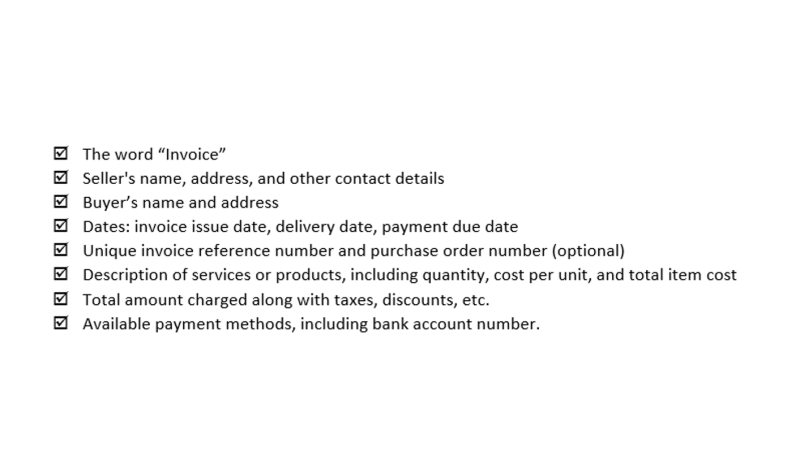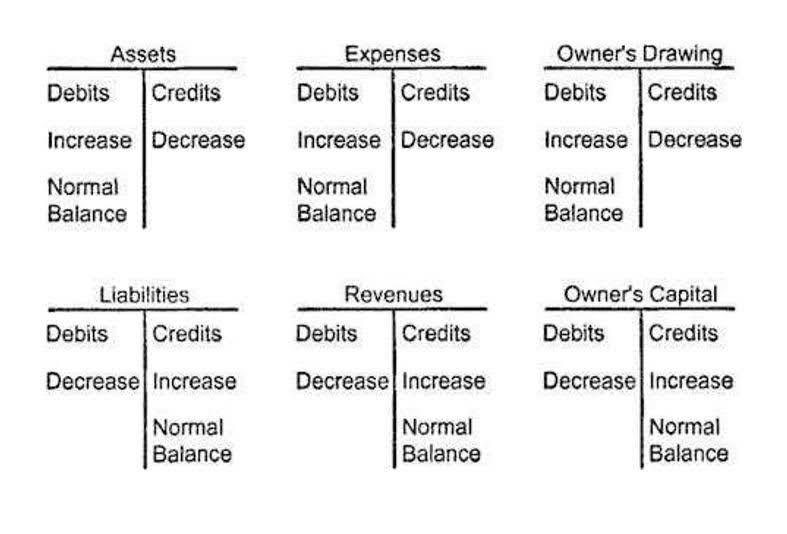
When a company sells goods on account, customers do not sign formal, written promises to pay, but they agree to abide by the company’s customary credit terms. Companies usually do not charge interest on amounts owed, except on some past-due amounts. Managing accounts and notes receivable is crucial for any business to ensure cash flow and financial stability.
How The Second City expedited expense management and gained financial control with Ramp

When companies income summary extend credit to their customers, they finalize sales without immediate cash inflow. Effective receivables management can significantly enhance cash flow by ensuring timely invoicing, monitoring payment terms, and employing effective collection strategies. This approach accelerates cash receipts, thereby optimizing overall cash flow for businesses. However, many businesses still do not fully utilize the power of effective Accounts Receivable management to improve their cash position. While both accounts track formal credit arrangements, their classification on financial statements differs. Notes receivable strengthen cash flow as a future income source, while notes payable reflect outstanding debts that require careful repayment planning.
Want to receive news and updates?
Utilizing accounts receivable figures, two key liquidity ratios can be calculated. Implement a system for regularly following up with customers on outstanding invoices, either through automated reminders or personal outreach. This helps ensure timely payments and maintains strong customer relationships. Establish well-defined credit policies that outline the Coffee Shop Accounting criteria for extending credit to customers, including credit limits, payment terms, and the consequences for late payments. Notes receivable are generally used when larger amounts of money are being exchanged or when there is a higher risk involved with extending credit. For example, if a company sells expensive equipment or machinery, they may require the buyer to sign a promissory note for payment instead of extending credit through accounts receivable.
Trade receivables vs. accounts receivable: Key differences

The accounts receivable aged analysis, a vital report, illustrates the quantity and duration of each customer’s outstanding balance. Therefore, effectively managing both accounts payable and accounts receivable optimizes your cash flow. This ensures you have enough funds to cover obligations, invest in growth opportunities, and maintain financial stability. Accounts payable are considered current liabilities, meaning they are expected to be paid within a year or the company’s normal operating cycle, whichever is shorter. This distinction is crucial, as it helps businesses prioritise their financial obligations and maintain a healthy cash flow.
- Notes receivable is a negotiable instrument and can be transferred further to clear dues.
- Let’s say that ourexample company turned over the $2,200 accounts receivable to acollection agency on March 5, 2019 and received only $500 for itsvalue.
- While both represent money owed to a company, Notes Receivable involves a more formal and legally binding agreement compared to Accounts Receivable.
- It is a formal agreement between the lender (the company) and the borrower (the customer) that outlines the terms and conditions of the loan.
- To illustrate notes receivable scenarios, let’s return toBillie’s Watercraft Warehouse (BWW) as the example.
- The terms of the note, including the interest rate, repayment schedule, and any applicable penalties, are clearly stated in the agreement.
What are the differences between accounts payable and accounts receivable?

Unlike standard accounts receivable, notes receivable examples typically include interest as compensation for extended payment terms. The maturity date refers to the deadline by which the maker must fully settle the amount due. This period varies based on the agreement, defining whether the notes receivable are classified as a current or non-current asset account on the balance sheet. The borrower is legally obligated to repay the notes receivable within the agreed period. Whether an individual or a business, the maker is responsible for fulfilling the terms outlined in the promissory note and ensuring timely payment to the payee.


The what are notes receivable examples provided account for collection of the note in fullon the maturity date, which is considered an honored note. A lender will stillpursue collection of the note but will not maintain a long-termreceivable on its books. Instead, the lender will convert the notesreceivable and interest due into an account receivable. Sometimes acompany will classify and label the uncollected account as aDishonored Note Receivable. Using our example, if the company wasunable to collect the $2,000 from the customer at the 12-monthmaturity date, the following entry would occur. Before realization of the maturity date, the note isaccumulating interest revenue for the lender.Interest is a monetary incentive to the lenderthat justifies loan risk.


